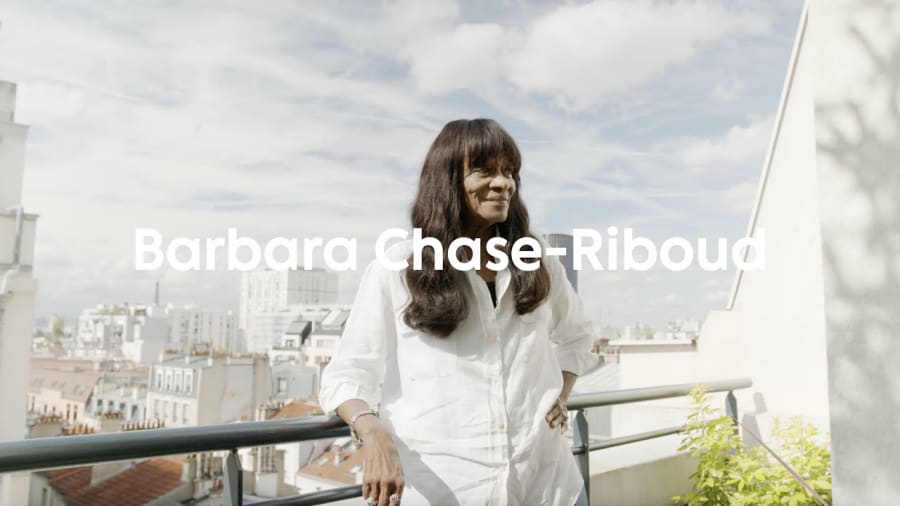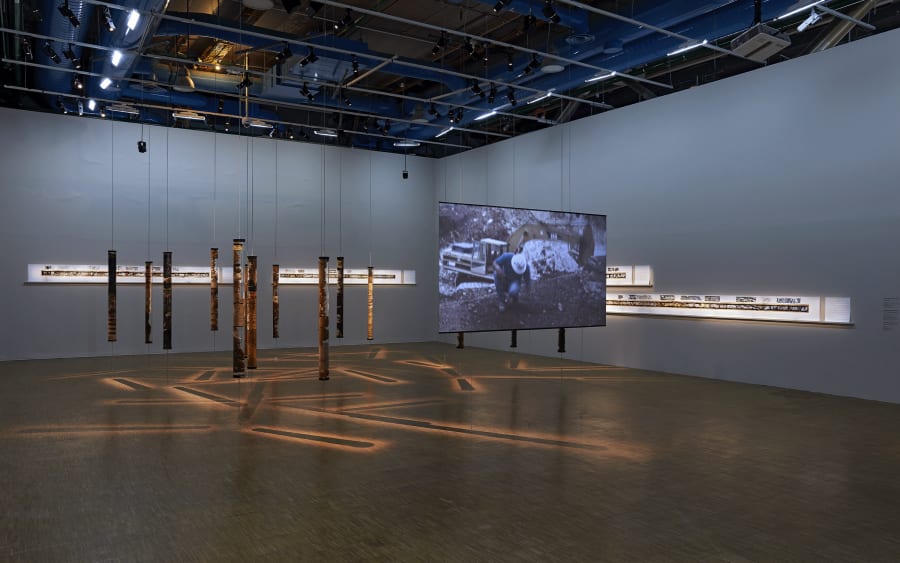‘I remember being a little kid riding in the car with my grandmother. I drew a lot, and she loved elephants, so I drew an elephant while sitting in the backseat. I was really locked in. I remember getting out of the car and showing her the elephant and she was like, “You drew this? While we were moving?”
‘When I was nine or ten, I really wanted to take art classes. I remember my mother being really upset that the public school system didn’t offer them to everyone. It wasn’t about not having access in economic terms, it was just the way they structured school. She signed me up for private lessons in the back of a framing shop. That’s when I started painting, exploring mediums and learning how to really look at an image, and how to render it dimensionally.
‘At the same time, my dad was always working on cars. He had a Chevy Nova we would ride around in. In middle school, he took me to drag races. That was a moment where I was like, whoa, the sound of these things, how fast they were, the engineering behind them. It was when I learned about car design – as a profession where you could create the things you wanted to create and think about form and aesthetics, function and purpose, how machines relate to a user and the body – that I found a way to unify all of these things.
‘I didn’t have language for it then, but that’s when this idea of being multidisciplinary came about and that’s what I learned at the College for Creative Studies in Detroit. While there, I was studying to be an automotive designer and getting closer to the auto industry. I realized that was not what I wanted to spend the rest of my life doing. I wanted to have a lot more creative freedom. I wanted to be an artist.
‘After that, me and some other classmates and artists rented a space in this massive warehouse called the Russell Industrial Center. That turned into 3 years of shared studio space, which was really amazing – it was a project and exhibition space, an art collective kind of thing.
‘Music was also important for me. I started to become more aware of the other half of the process – it isn’t just the making of the thing. I realized you have this other muscle, rooted in observation. It’s really about listening. That’s how I’m able to process the world. You have to be conscientious in order to understand where you fit in, whether something can be disrupted, how to make meaning out of something. Bands sound so much better when they’re listening to each other on stage. But it wasn’t until I was studying at Yale that I started to see music and art making as one and the same, which has led to some important projects and ideas that I am currently working with.
‘Recently, family has been really important to my work. This idea is rooted in a lot of the work from my experience in Virginia, when I pulled cotton on family property. I also had a child. But how to make sense of that, I don’t know. Parenthood is such a mysterious and beautiful thing to be a part of, and to witness. I’m not invested in trying to perpetuate a formal response to his presence, but I do know that once you have a child, you fight for love a little bit more, you fight for care and sensitivity a little more. It opens up another portal to the way you exist in the world.’
Kevin Beasley is represented by Casey Kaplan (New York) and Regen Projects (Los Angeles).
His work will be presented at Art Basel Paris by Casey Kaplan.
Rob Goyanes is a writer and editor from Miami, Florida. His work has appeared in BOMB, e-flux journal, Los Angeles Times, and elsewhere. He lives in Los Angeles, California.
Caption for top image: Portrait of Kevin Beasley by L. Kasimu Harris.
Published on October 10, 2024.


